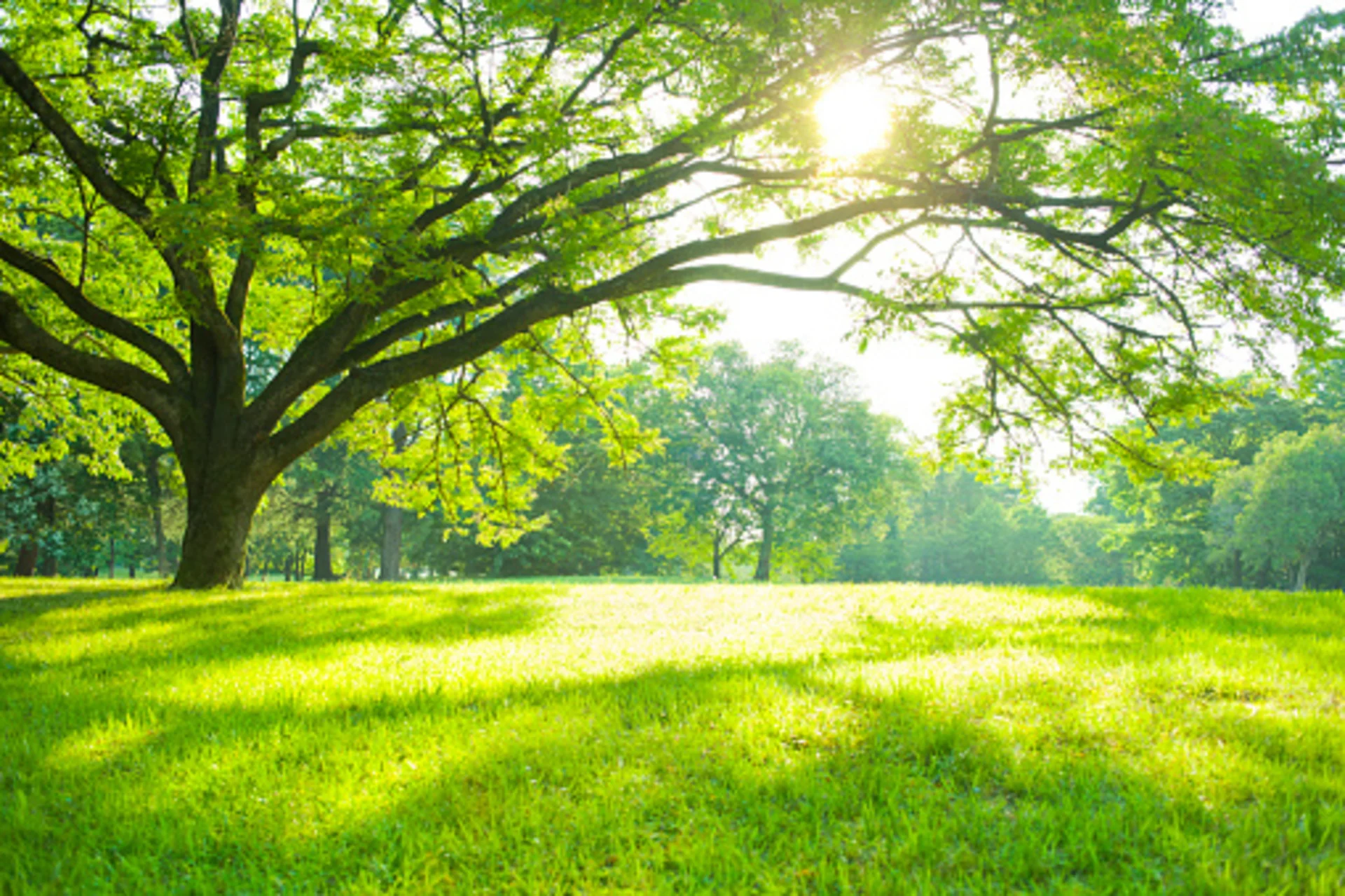
People living in green spaces seem to age slower - but there's a catch
Green spaces are good for us, but they aren't a quick fix.
We already know that spending time in nature is good for your health, with some doctors prescribing time outside to alleviate stress and naturally lower blood pressure.
And now, a new study has unveiled another benefit of green spaces, finding that the plants and trees in neighbourhoods, yards, parks, and public spaces, positively impact a critical genetic marker associated with stress exposure and causes people to age slower at the cellular level.
Quick biology lesson
The marker is called a “telomere,” defined by the National Human Genome Research Institute as a “region of repetitive DNA sequences at the end of a chromosome” that protects the ends from damage.
Each time a cell divides, the telomeres inside them become shorter. The cell dies once the telomere becomes so short that the cell can no longer successfully divide.
“This makes telomeres important markers of biological age, or how worn down our cells are,” Scott Ogletree, corresponding author of a paper on the study and a former postdoctoral researcher at North Carolina State (NC State) University’s Center for Geospatial Analytics, says in a statement.
“And we know that many variables – such as stress – can influence how quickly our telomeres wear down.”
The importance of green spaces
In their paper, researchers attempted to find out how green spaces impact people at the cellular level and how greenspaces can offset harmful environmental factors like pollution.
The team analyzed the CDC’s National Health and Nutrition Examination Survey between 1999 and 2002, focusing on the data of 7,827 people that included demographics, the length of their telomeres, and their address.
Certain variables affecting telomere length, like health history and substance use, were accounted for.
“We found that the more greenspace people had in their neighbourhoods, the longer their telomeres were,” Aaron Hipp, co-author of the study and a professor of parks, recreation and tourism management at NC State, [says]. (https://news.ncsu.edu/2023/10/greenspace-and-telomeres/)
Here's the catch
The findings may show promise, but there are a few caveats.
For starters, the study finds the positive impact of green space isn’t enough to compensate for the damage caused by air pollution.
The investigation looked at racial and gender disparities, revealing that non-Hispanic white individuals predominantly resided in areas abundant with greenery, which were typically characterized by reduced racial and ethnic diversity.
This means a certain demographic is disproportionately seeing the benefits, while others are not.
The data is also less definitive for women of all races, an ambiguity that suggests that other factors, possibly heightened disease susceptibilities or increased societal pressures that add stress, might significantly impact the length of their telomeres.
The authors say more work needs to be done to ensure equal access to greenspaces, and that more needs to be done to protect the environment and reduce pollution, which has been shown to have a negative impact on telomere length.
More in green spaces: This Canadian city is known as the birthplace of reforestation
Header image courtesy of Wat via Getty Images | Creative#: 800359302.










